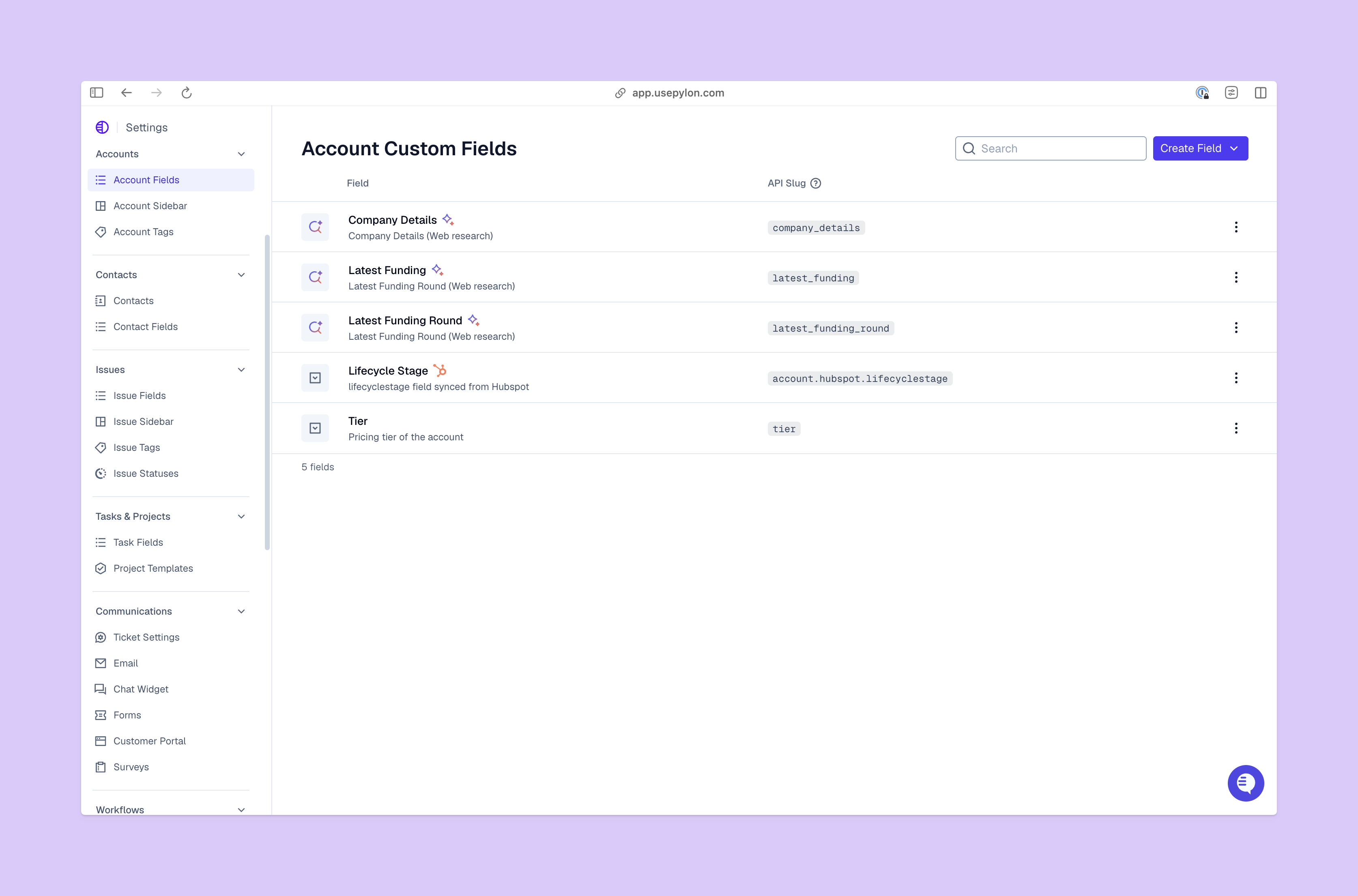Customer Churn: What It Is and How To Reduce It
Discover what customer churn is and what causes it. Then, learn how to measure, predict, and reduce churn to boost retention and growth for your company.
You need to grow your customer base, but keeping current customers is as important as getting new ones. Customer churn is when customers cancel their contracts or stop buying your product, and every bit of revenue you lose from it can slow your company’s momentum.
Churn doesn’t just mean losing a sale — it tells you a lot about customer satisfaction, product performance, and overall company health. If you want to improve customer retention, you need to understand what drives churn and how you can act before it actually happens.
In this guide, we’ll explore what customer churn is, why it matters, and how to calculate churn rate. Then, you’ll find out how to reduce customer churn and build better long-term retention.
What’s Customer Churn, and Why Is It Important?
Customer churn is the percentage of customers who stop doing business with a company over a given amount of time. It’s a clear indicator of customer satisfaction.
Even small increases in churn can create big revenue losses over time, especially for subscription-based or software-as-a-service (SaaS) companies, because it’s often more expensive to sign new customers than to keep your current ones.
It takes fewer resources to keep an existing customer relationship strong. When you’re trying to win new accounts, you typically have to spend a lot on areas like marketing and sales outreach to get a prospect’s attention. On the other hand, existing customers already know your product and value proposition — they just need ongoing support and engagement to stay.
Retention also increases customer lifetime value. Happy customers tend to renew their contracts, buy add-ons, and refer other companies to your product, which brings in more revenue without extra costs on your end. So losing a customer means losing that long-term revenue stream and spending more to replace it.
How To Calculate Customer Churn
Churn rates help you monitor customer health and compare your retention efforts over time. To calculate what your customer churn rate is, you can use this formula:
Customer churn rate = (number of customers lost ÷ total customers at start of period) × 100
For example, if you start a quarter with 1000 customers and lose 50, your churn rate is 5%:
(50 ÷ 1000) × 100 = 5%
Understanding how to calculate customer churn gives your team a reliable benchmark to plan ahead and spot customer satisfaction issues early. And tracking key performance indicators, like resolution time and customer satisfaction scores, can help you recognize signs that customer churn is about to happen. This way, you can take proactive steps to improve your customer’s experience before they leave.
Types of Customer Churn
Customers churn for different reasons. You should always try to find the root cause, so you can tailor your prevention strategy.
Here are the main types of customer churn:
- Voluntary churn. Customers actively decide to leave because they’re unhappy about things like pricing, or because a competitor offers something that meets their needs better.
- Involuntary churn. Customers passively (or unintentionally) leave after missed payments or expired contracts.
- Contractual churn. A customer cancels their renewal for a service, like for a SaaS product.
- Non-contractual churn. When a customer just stops buying your product or service without notice.
- Revenue churn. The percentage of recurring revenue (not customers) that you’ve lost over a given period. This could be because of downgrades, cancellations, or contract reductions. Even if the number of customers is the same, your income is shrinking.
- Product churn. Customers who keep their account but stop using specific products or features. They’re still paying or keeping their contract as-is, but it’s an early signal of disengagement. You can use this opportunity to identify usability issues or fix product misalignment.
What’s a good customer churn rate depends on your industry. Generally, a monthly churn rate under 5% is healthy for subscription-based B2B companies.
Causes of Customer Churn
Most cases of customer churn are because your customers don’t see consistent value or feel supported. New users might abandon your product early because of a bad onboarding experience, or inconsistent customer support can break trust in B2B.
A lot of customers also churn because of pricing. If competitors have more flexible or cost-effective plans with enough product value, your customers will start to switch. For example, in B2B SaaS, customers might churn if your contract terms feel too strict, your competitor launches a new service that’s similar but costs less, or customers don’t think your platform has enough useful features to justify its current price.
Keeping an eye on these signals will help your team identify customer churn early and prevent it.
How Customer Churn Impacts Companies
On top of impacting revenue, churn also negatively impacts how people view your company. High churn reduces word-of-mouth referrals and makes it harder for potential customers to trust your team.
In B2B, losing a single account can also mean losing dozens of end users. Teams need to proactively address why customers are leaving so you can keep your long-term revenue steady. You might need to:
- Tailor your product or service to certain customers’ needs
- Have your customer support and success teams check in with accounts that are churn risks
- Find out where there are gaps in your product, so you can build fixes and new features
Predicting and Modeling Customer Churn

To predict customer churn, you have to understand the data behind it. Many teams use behavioral metrics (like login frequency, ticket volume, or usage drops) to forecast which accounts are at risk. You can then combine behavioral data analysis with customer sentiment data for full context on who might be churning and why.
For example, a SaaS customer support team might notice that accounts who log in less than once a week are 40% more likely to churn. You can pass that information on to your customer success team so they can reach out before those customers drop.
Predictive models can also forecast revenue churn for leadership reporting and to drive your long-term customer success strategy.
Managing Customer Churn for Better Retention

Here are some strategies to reduce your customer churn and improve retention:
- Educate customers. Schedule ongoing training and give resources to help them understand your product value.
- Upgrade customer experiences. Follow customer service best practices for proactive and personalized support. Check in with your accounts through the entire customer journey, not just when they open a support ticket.
- Recognize top customers. Reach out to key customers and accounts to keep building a relationship.
- Add AI products to existing workflows. You can use AI-powered customer service software to automatically flag at-risk accounts. This way, your team can engage before customers actually churn.
- Connect with customers in new places. If you’re not already supporting your customers where they work, try using channels like Microsoft Teams or Slack for customer support so accounts can easily and quickly get help from your team.
Pylon helps teams take a proactive approach to reducing churn. With Account Intelligence, you can use AI to monitor customer sentiment and build custom formulas to calculate health scores or churn risk.
Automate Ways to Reduce Customer Churn With Pylon
Managing churn is an ongoing commitment to understanding your customers and improving their experience. When you know what drives it, you can fix problems early and improve your support quality.
Pylon makes that process simple. Account Intelligence unifies context on customer health and sentiment analysis so you can automatically track risks, act quickly, and personalize check-ins at scale.
Pylon is the modern B2B support platform that offers true omnichannel support across Slack, Teams, email, chat, ticket forms, and more. Our AI Agents and Assistants automate busywork and reduce response times. Plus, with Account Intelligence that unifies scattered customer signals to calculate health scores and identify churn risk, we're built for customer success at scale.






